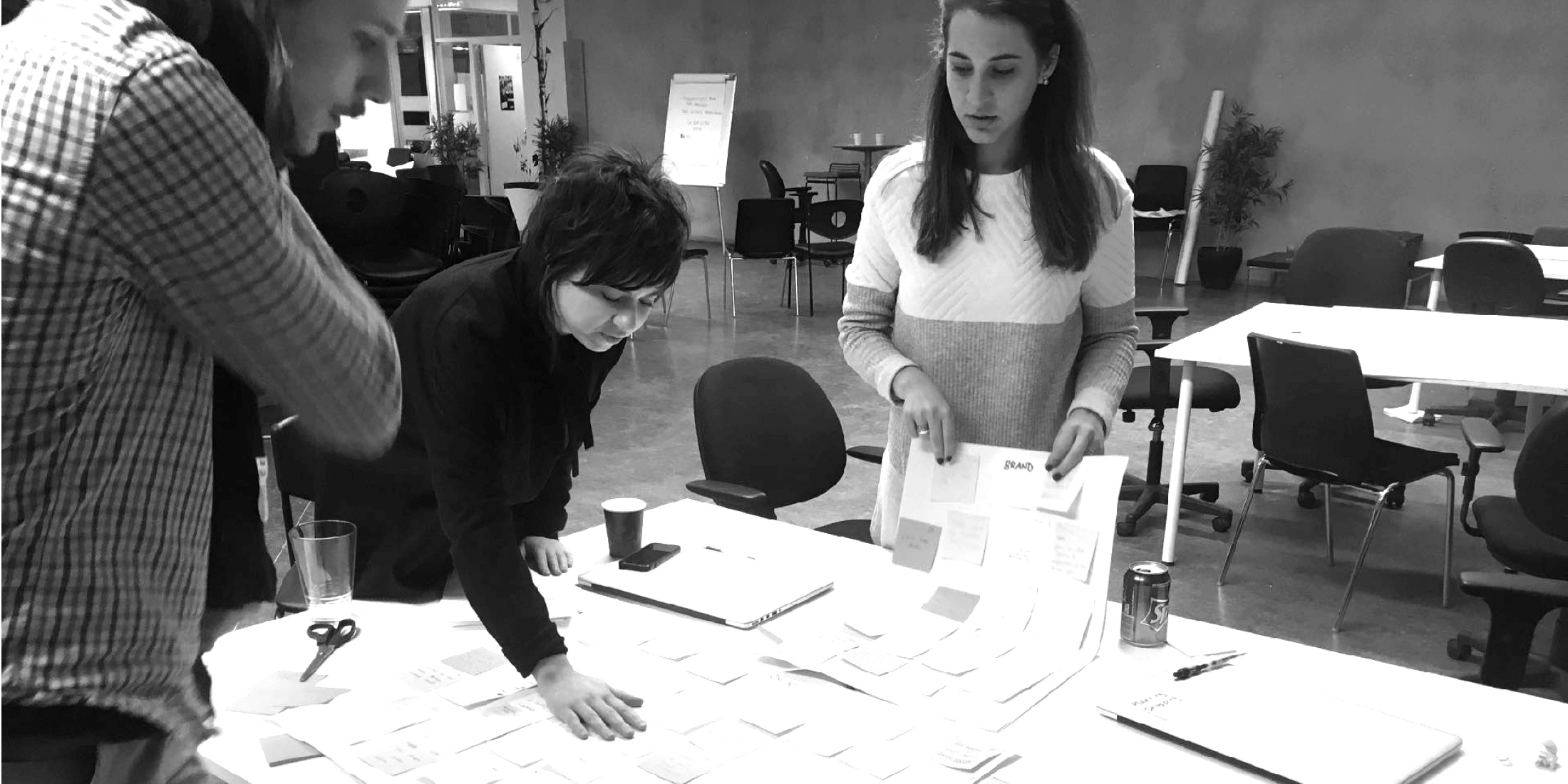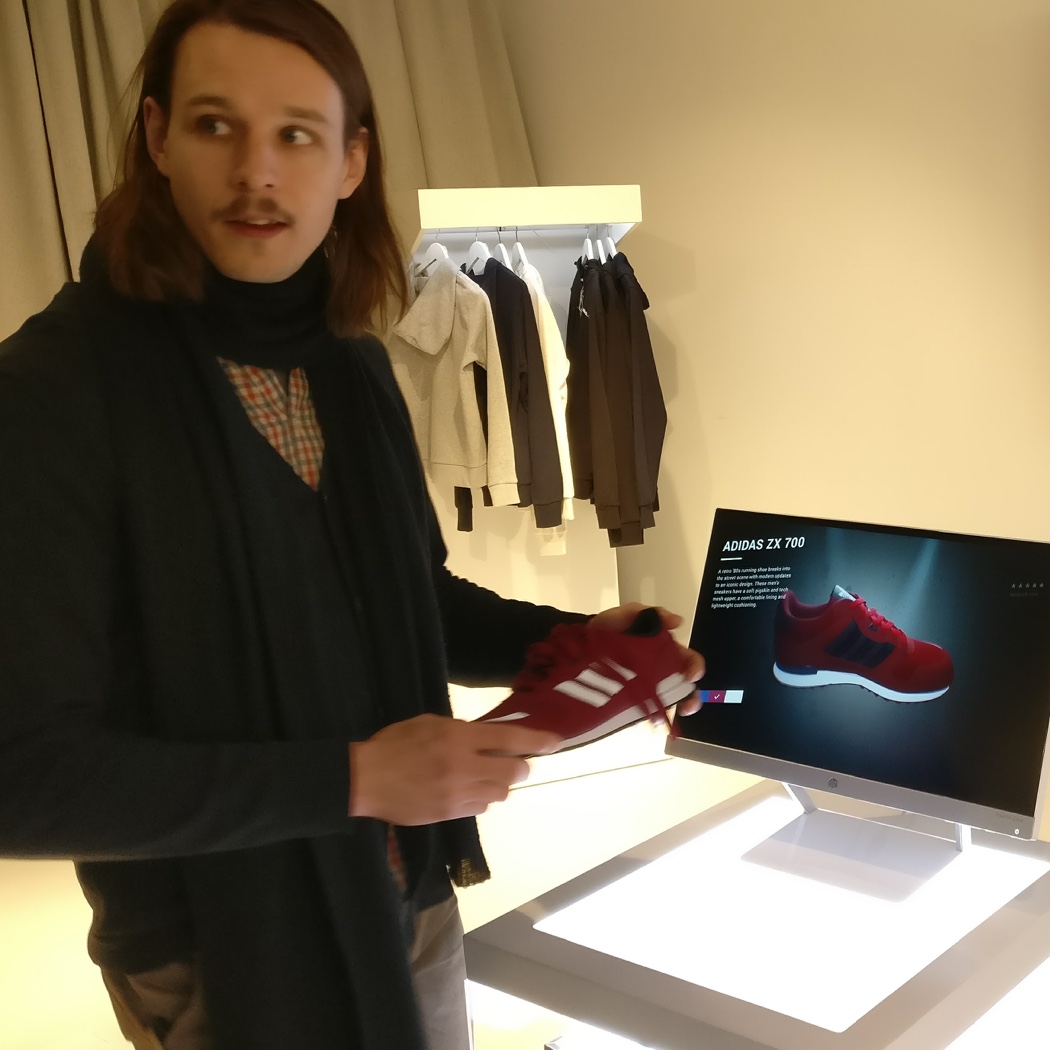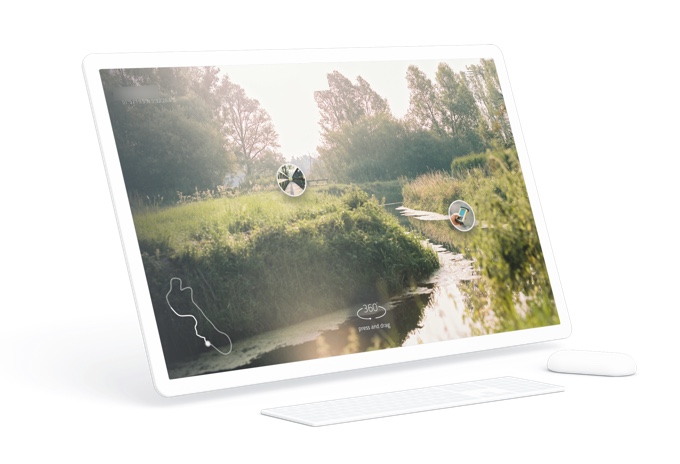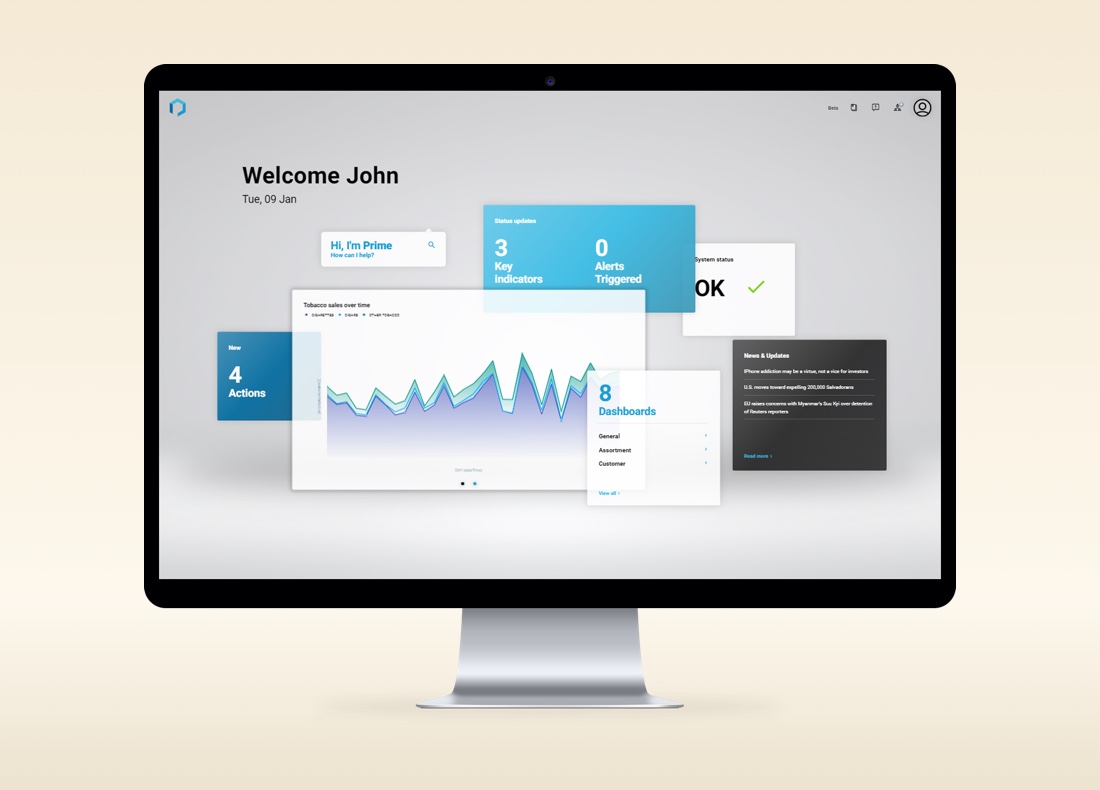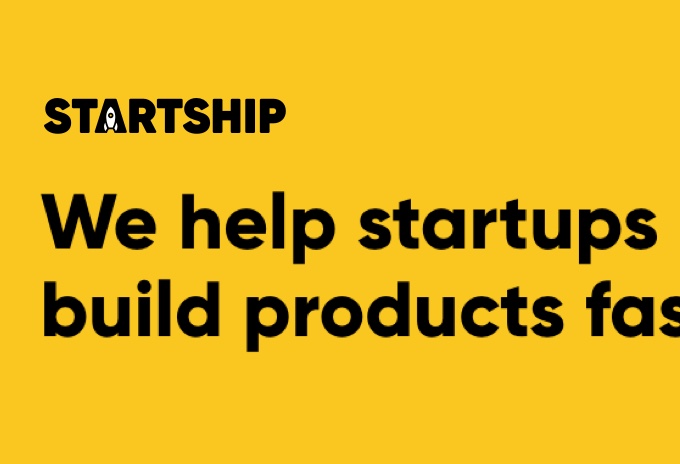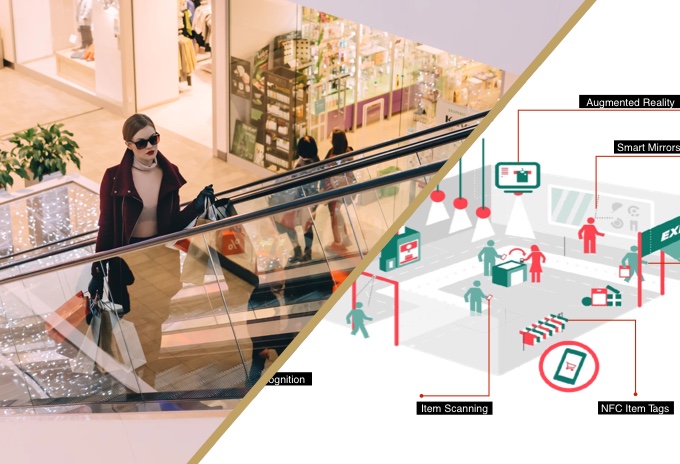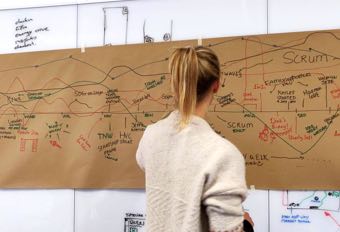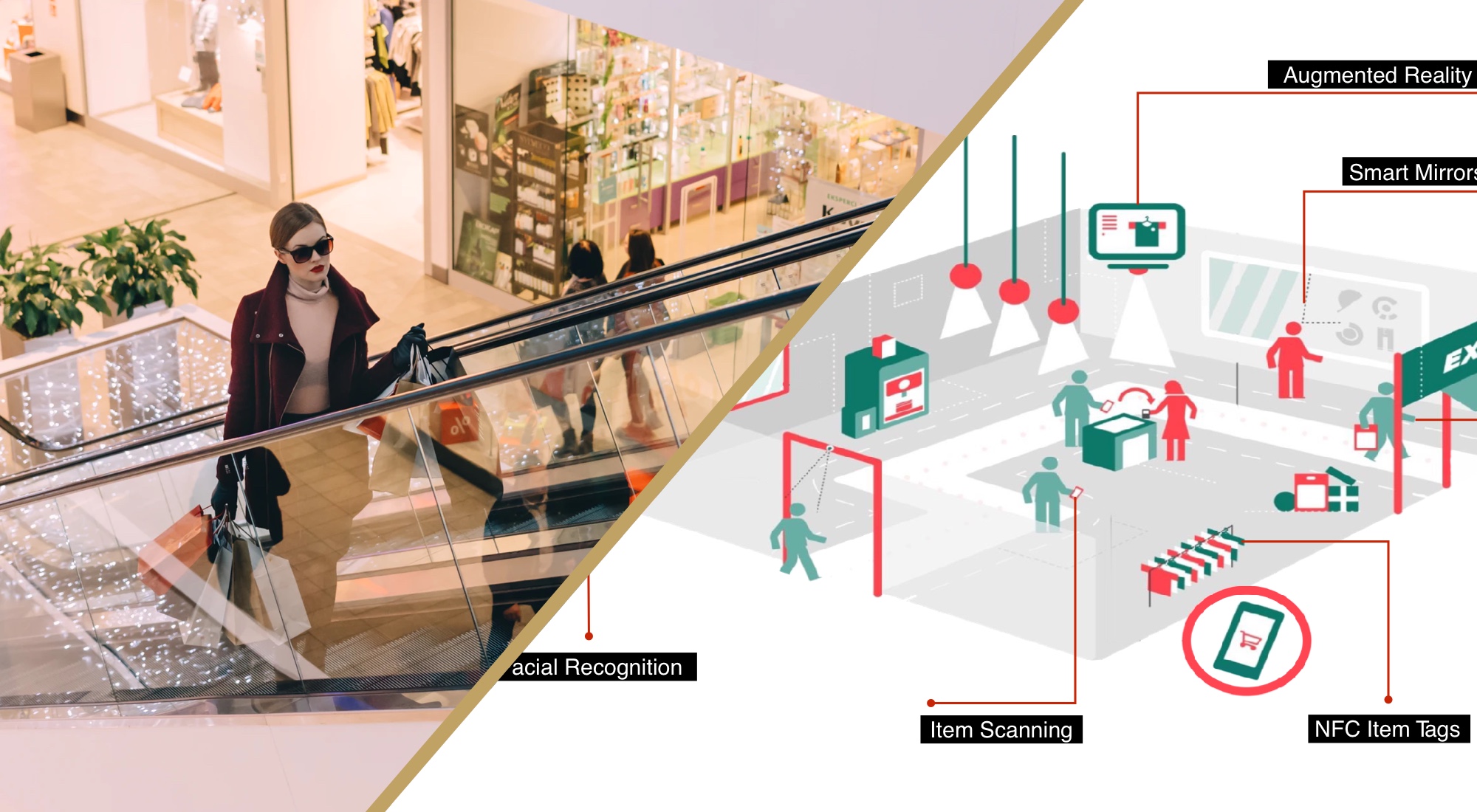

Omni shopping experience for Swedish department store
2017 | #Service Design #Strategy #User Research
One of the leading department store in Sweden understood (quite late) that they needed an improved shopping experience as e-commerce gained market shares. We researched future scenarios and designed a proposal on an omni channel strategy. Developed during Hyper Island
My role:
I had the role as a project coordinator and user researcher while supporting in the strategic development.
The Client
Åhlens is a department store founded in 1899 in Sweden. The business has up until recently been heavily dependent on in-store service. E-commerce has changed the customers shopping behavior, the customer meeting and customer experience. Åhléns wants to create a USP in this change and make use of their position with both department stores and e-commerce.
The Issue:
How can we take the best from the Åhlens department stores, the newly launched e-commerce and their customer service to create an extraordinary omni customer experience when it comes to service.
The Desired Outcome:
Provide Åhlens with research insights and an omni-channel concept that aims to increase their Customer Happy Index with 6% in 3 years.
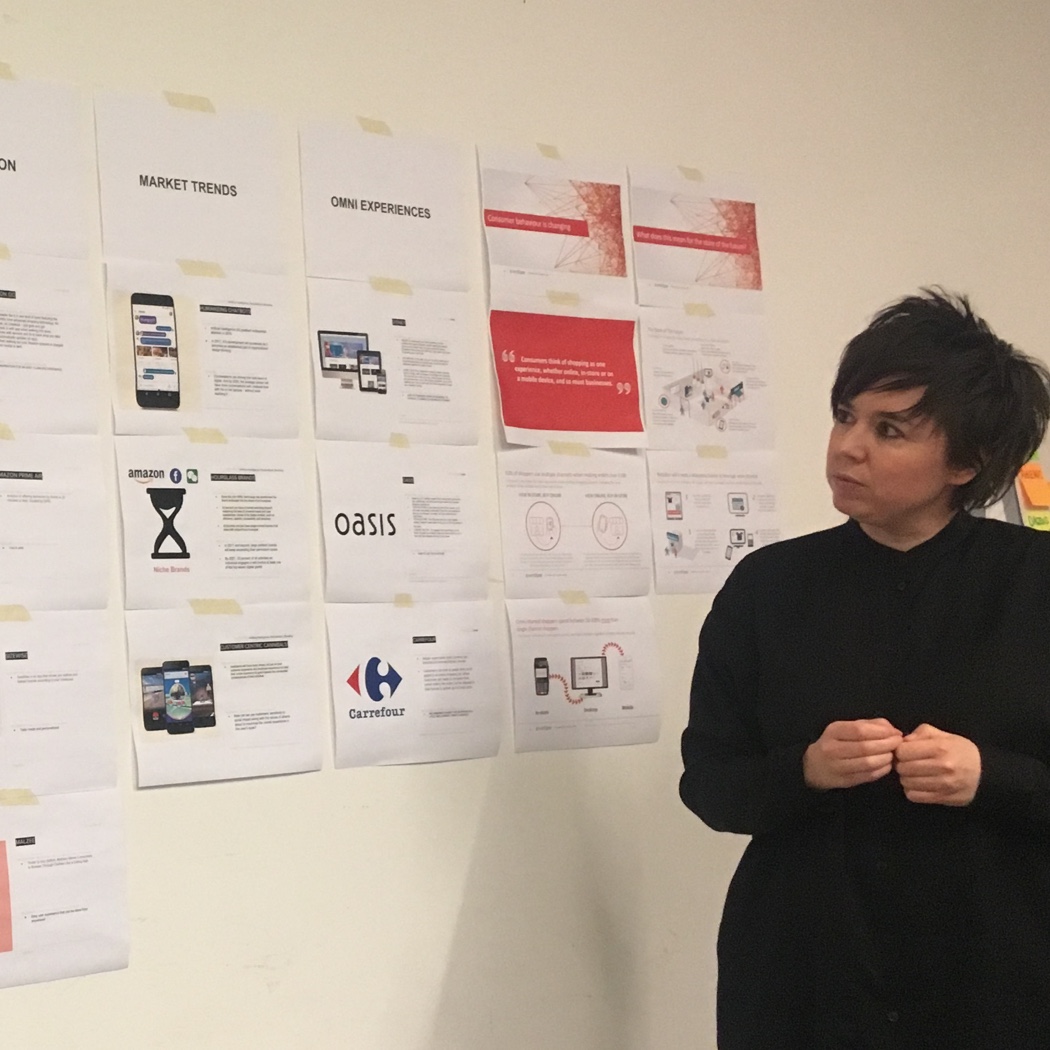

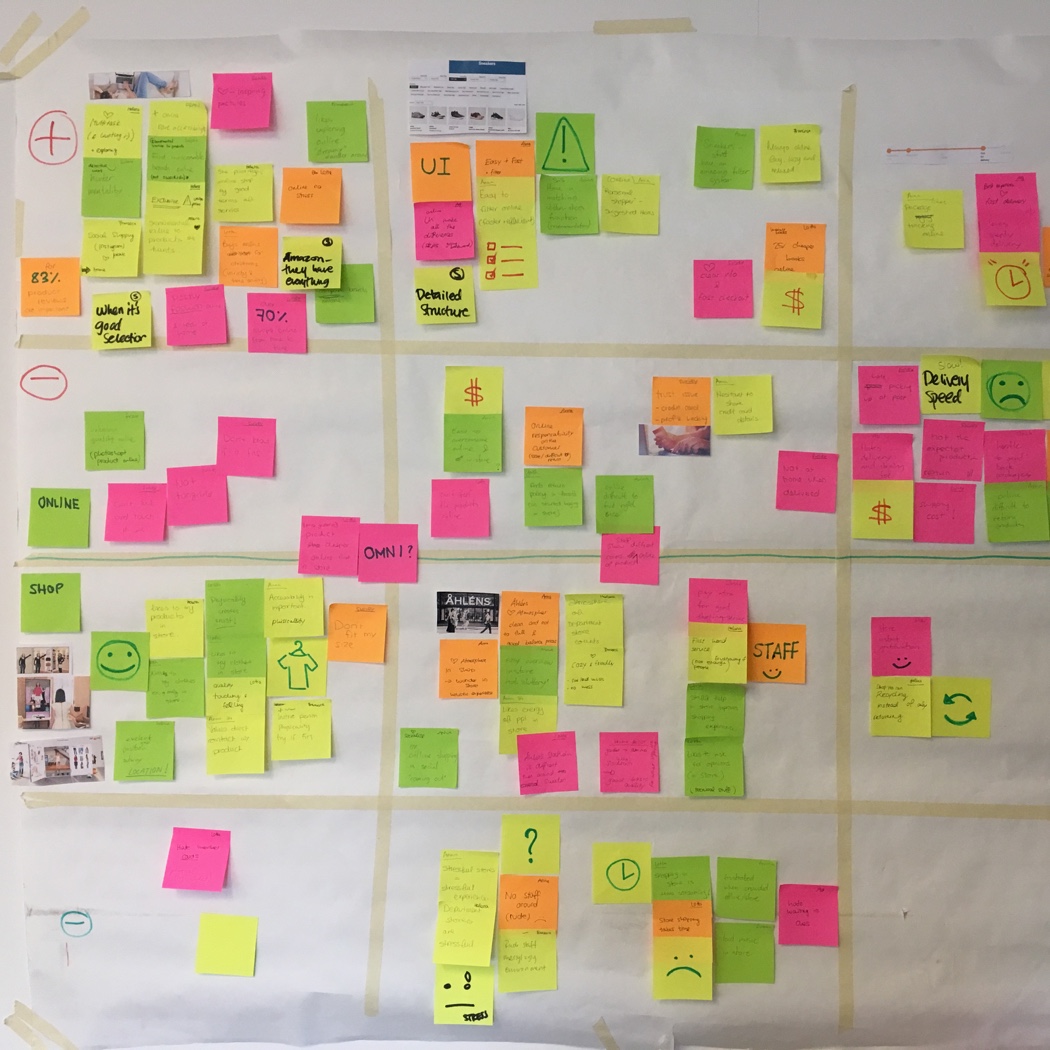

The Process:
We conducted in-store observations, in-depth interviews and an online survey to gather data on the Brand Image and the Customers Shopping Habits. We mapped and synthesized the findings to find insights and direction. We created several personas and mapped their journeys to get a better overview of their values, expectations and dreads related to shopping.
Findings were clear that Åhlen’s customer saw shopping as one experience. Se we took the research and developed a visionary view for Åhlen’s omni channel communication based on a functional role, an emotional role and a societal role.
We saw an opportunity to leverage data to improve the customer experience. We suggested several new data collection points as well as novel ways to turn data into experiences.
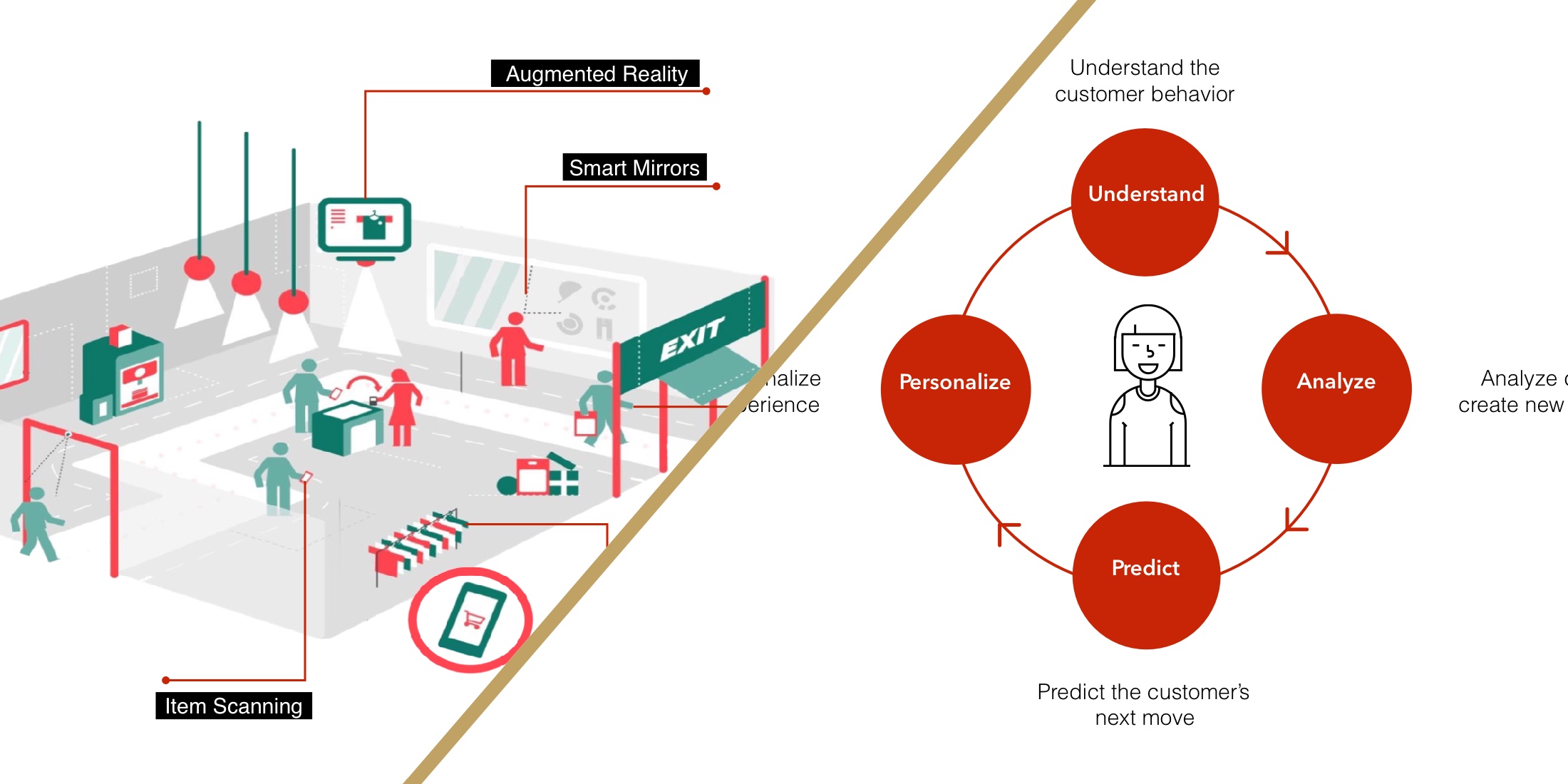

The outcome:
We delivered a omni-strategic concept around the use of data that leveraged new accessible technology to track peoples shopping behaviours. With this data gathered we proposed several alternatives to utilise it for the best possible customer experience, with the least amount of resistance.
